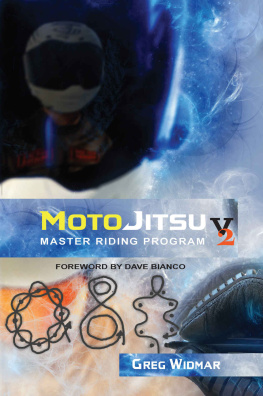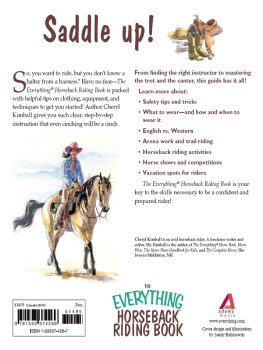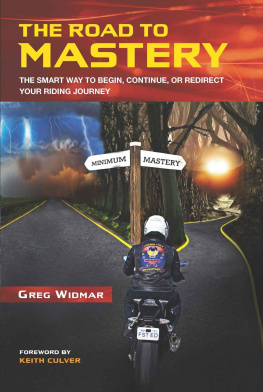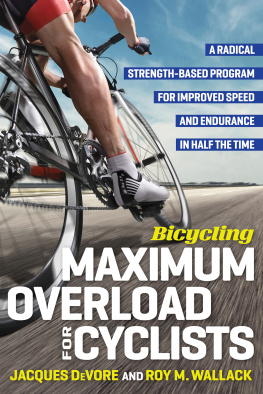Widmar - MotoJitsu Master Riding Program Volume 2
Here you can read online Widmar - MotoJitsu Master Riding Program Volume 2 full text of the book (entire story) in english for free. Download pdf and epub, get meaning, cover and reviews about this ebook. year: 2020, publisher: MotoJitsu, LLC, genre: Children. Description of the work, (preface) as well as reviews are available. Best literature library LitArk.com created for fans of good reading and offers a wide selection of genres:
Romance novel
Science fiction
Adventure
Detective
Science
History
Home and family
Prose
Art
Politics
Computer
Non-fiction
Religion
Business
Children
Humor
Choose a favorite category and find really read worthwhile books. Enjoy immersion in the world of imagination, feel the emotions of the characters or learn something new for yourself, make an fascinating discovery.
MotoJitsu Master Riding Program Volume 2: summary, description and annotation
We offer to read an annotation, description, summary or preface (depends on what the author of the book "MotoJitsu Master Riding Program Volume 2" wrote himself). If you haven't found the necessary information about the book — write in the comments, we will try to find it.
Widmar: author's other books
Who wrote MotoJitsu Master Riding Program Volume 2? Find out the surname, the name of the author of the book and a list of all author's works by series.
MotoJitsu Master Riding Program Volume 2 — read online for free the complete book (whole text) full work
Below is the text of the book, divided by pages. System saving the place of the last page read, allows you to conveniently read the book "MotoJitsu Master Riding Program Volume 2" online for free, without having to search again every time where you left off. Put a bookmark, and you can go to the page where you finished reading at any time.
Font size:
Interval:
Bookmark:
MotoJitsu
Master Riding Program Volume 2
Greg Widmar
Copyright Greg Widmar
All rights reserved.
First Edition, 2020.
No part of this publication may be reproduced
without prior written permission from the Publisher.
Published by:
MotoJitsu, LLC
San Diego, CA 92169
ISBN: 979-8-670-91189-4
www.motojitsu.com
Special thanks
to all my MotoJitsu supporters around the world and to Andy at Immortal Concepts Studios for the amazing front and back cover images.
Sidewalk chalk
Clean parking lot
Tape measure 30 ft or longer
Small cones or tennis balls cut in half
(https://leeparksdesign.com/cones/)
MotoJitsu drills are not meant to replace any formal motorcycle course you may take. Rather, they are a structured set of drills you can practice between courses to enhance your motorcycle knowledge and riding ability.
I highly recommend warming up your tires prior to any higher speed drills. You can do this by weaving back and forth at around 20 mph in a straight line and/or hard acceleration and braking in a straight line.
Additionally, be aware of the grip your tires have in the area youre practicing. Slurry coat, painted lines, colder temperatures, broken pavement, or grass growing in cracks are all conditions that can lower your traction. Practice at your own risk.
The drills outlined in this book, performed incorrectly, could result in serious injury or death. The author encourages attending numerous motorcycle courses and wearing full, quality gear before attempting any of the drills. The author/publisher disclaims any liability incurred in connection with the use of the concepts outlined in this book. Whether practicing on public roads, at a racetrack, or at the local parking lot, you are responsible for your own safety.
When Greg first started coming to the motorcycle training center on Marine Corps Base Camp Pendleton in 2013, he would regularly ask me to work with him one-on-one. During these training sessions, we would go over different skills as well as the basic knowledge needed for safe riding. Greg was still active duty back then, so I suggested he take some of the other classes offered on base, like the Total Control Intermediate Riding Clinic (IRC) and the Total Control Advanced Riding Clinics (ARC) Levels 1 and 2, as well as practicing on the lot next to our building.
In 2015, the state of California switched its basic program over to the Total Control Beginner Riding Clinic, aka the California Motorcyclist Safety Program Motorcyclist Training Course (CMSP MTC). Greg was on a very short list of people I wanted to get into the initial certification, as his drive to continuously improve is contagious and he was already involved with motorcycle education. Gregs passion for progress as a rider led me to encourage him to become an IRC and ARC instructor, as well a trainer for the CMSP MTC.
Gregs dedication to practice and desire to improve his knowledge and skill with motorcycles is so impressive we often switch roles. I now work with him doing his MotoJitsu drills to help improve my skills too, so Greg is now both a mentor and a student to me. I count Gregs friendship as one of the highest points of my motorcycle training life. Its in no small part because of the commitment to safety by folks like Greg that California has seen the first sustained reduction of motorcycle fatalities in our nations history.
I truly hope that MotoJitsu and this books contents continue to get riders everywhere to Shut up and practice!
Dave Bianco
Motorcycle Training Program Administrator/Manager
Camp Pendleton, CA
After publishing my first book, MotoJitsu Master Riding Program, I have been asked what other drills could help further develop necessary riding skills for the street. The drills outlined in this book are my answer.
With each drill I describe the dimensions, what gear to be in, recommended speeds, directions for it, techniques to practice, benefits each one will provide, and tips to help you succeed. Of course these are all recommendations; you will ultimately decide whats best for you in that moment depending on your skill and comfort. These drills could also be altered slightly to conform to the location you have available for practicing.
As you get comfortable, slowly attempt the drills at a faster pace. If you do, you may discover the level of precision you had at lower speeds starts to feel a bit sloppy after going faster. If this happens, refocus on the technique at a slower pace. Only with better technique will you be able to go faster without adding too much risk. Higher speeds without accurate technique will likely result in a crash and/or injury.
I started practicing these drills, or slight variations of them, soon after I began riding seven years ago. Sometimes I would spend hours working solely on one or two of them. Each drill is designed to give you specific challenges with enough flexibility to attempt at various speeds. For years I would practice alone but when I started inviting friends to do it with me, it became that much more effective and fun.
I sincerely hope you not only practice these drills consistently, but you do so with joy in your heart knowing that, performed correctly, these drills will enhance the likelihood of having the right technique when you need it the most.
To see demonstrations of each of the drills, search MotoJitsu Master Riding Program Volume 2 Drills on my YouTube channel, MotoJitsu (www.youtube.com/motojitsu).
Gear: 1 st or 2 nd
Speed: 1220 mph
Directions:
Part 1 Start just outside the 40 ft circle as pictured. Accelerate and turn left around the 20 ft circle and ride toward the 40 ft circle and turn left again. Repeat in an oval pattern. Practice going left until you are comfortable, then practice going right.
Part 2 Start just outside the 40 ft circle. Accelerate and ride in between the two circles as pictured. Turn right around the 20 ft circle first, then ride in between the circles again toward the 40 ft circle and turn left. Repeat in a figure 8 pattern. You may also start from the opposite side of the 40 ft circle to practice both left and right turns with various diameters.
Techniques to Practice: Vision, timing of your head turns, turn-in points, line selection, throttle control, and various braking techniques, including engine braking (solely rolling off the throttle to slow down) and trail braking (reducing brake pressure as the motorcycle leans into the turn) with the front brake only, rear only, and both at the same time to feel its effects.
Benefits: Overall confidence with turning, comfort leaning the motorcycle, and having an experiential understanding of how different diameter turns affect your technique, speed, and timing.
Tips: Turn your head and look toward the exit of each turn prior to leaning the bike. Your eyes should always be tracking to where you want to go next, not down at the front tire or cones on the ground. If youre practicing body position, the phrase Body, Head, Bike may help you with your sequence. Expect to drift too wide around the circles when first starting out; your target range is no more than 10 feet away from either circle.
Dimensions
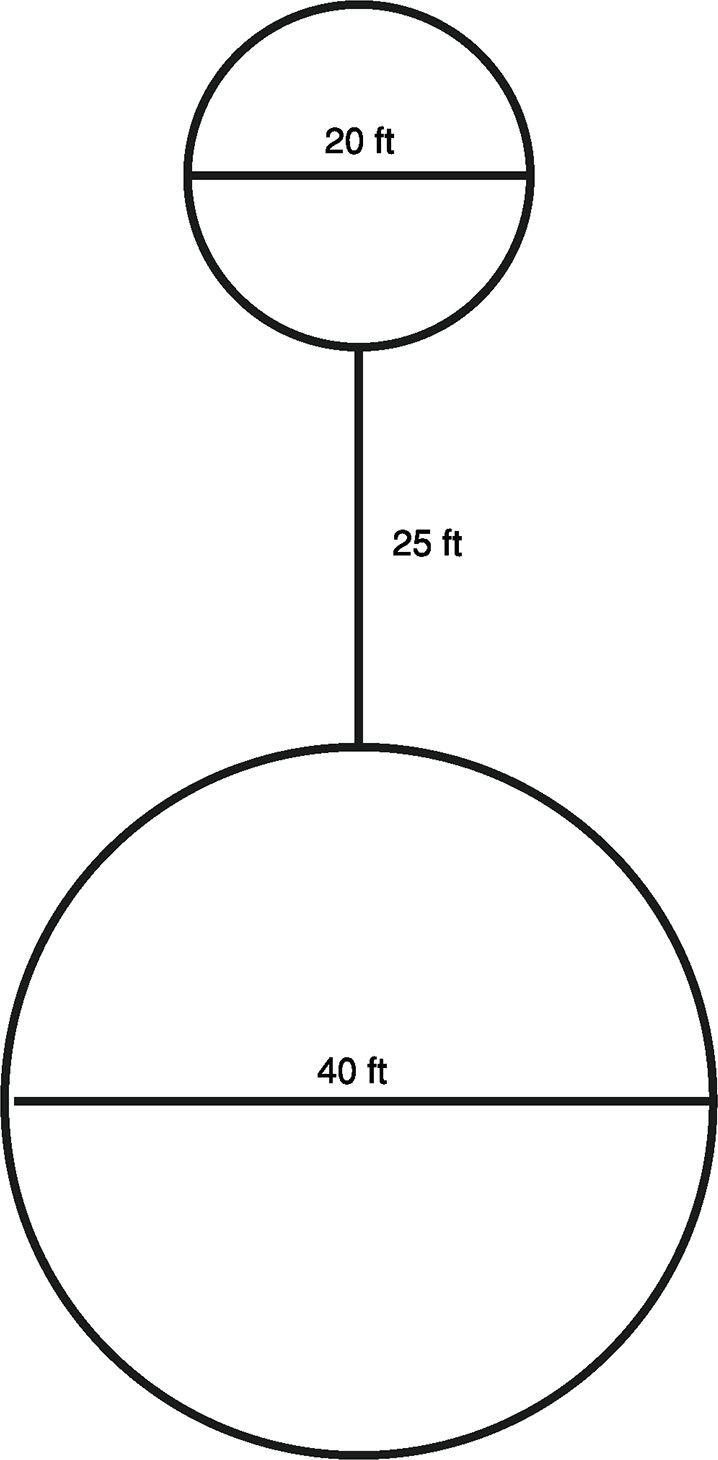
Part 1
Left | Right |
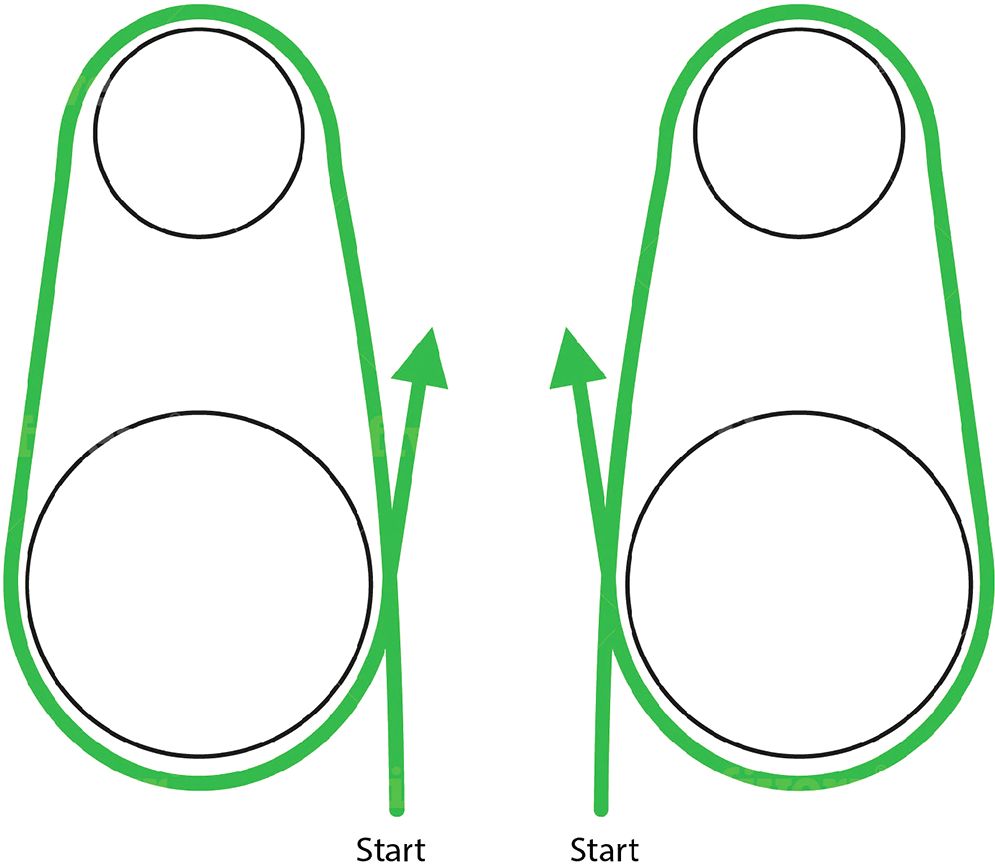
Part 2
Next pageFont size:
Interval:
Bookmark:
Similar books «MotoJitsu Master Riding Program Volume 2»
Look at similar books to MotoJitsu Master Riding Program Volume 2. We have selected literature similar in name and meaning in the hope of providing readers with more options to find new, interesting, not yet read works.
Discussion, reviews of the book MotoJitsu Master Riding Program Volume 2 and just readers' own opinions. Leave your comments, write what you think about the work, its meaning or the main characters. Specify what exactly you liked and what you didn't like, and why you think so.

